Thursday, October 27th, 2011
Picacho — Forgotten Butterfield Stage Stop
Many who have written about the Butterfield Overland Mail have left out the Picacho stage stop, sometimes called Rancho Picacho, in their accounts. This is a bit surprising as the very first written account of the Butterfield trail mentions the Picacho stop.

Waterman Lilly Ormsby, a special correspondent for the New York Herald, took the first stage from St. Louis to San Francisco so he could report on the experience. He was the only passenger with a straight-through ticket. He left St. Louis on September 16, 1858 and arrived in San Francisco 24 days later, the stage having traveled day and night, stopping so passengers could sleep only every second or third night.
During the trip Ormsby wrote 8 articles about the trip, which were published in the Herald.
Mesilla was almost exactly half way between St. Louis and San Francisco.
Here is what Ormsby wrote on leaving Mesilla:
“A few miles from Messilla [Mesilla] we changed our horses for another team of those interminable mules, and started on a dreary ride of 52 miles for Cook’s Spring. This is the commencement of that series of deserts without water extending from the Rio Grande to the Gila – one of the most tedious portions of the route.
Our road lay through what was called the Pecatch [Picacho] Pass, and, as I walked nearly all the way through it, it seemed to me rather mountainous. It was about 2 miles long and had some very bad hills. In comparison with other passes and canyons on the route, it was not very bad, though quite bad enough and all uphill. When, however, we reached the summit, we were upon the border of a broad and level plain extending as far away as the eye could reach. At our backs were the ranges of the Oregon [Organ] Mountains, the debris of the Rocky Mountains, forming the Eastern boundary of the Messilla [Mesilla] Valley. In front we could just see in the distance Cooke’s peak, rising from the plain in bold prominence from among the surrounding hills.”
The stop where the stage changed from horses to mules was the Picacho stop. Mules were used when the road was rough and mountainous. Mules could handle rougher terrain, but were slower than horses, so the Picacho stop was important, else mules would have had to be put on in Mesilla, making it a tough pull to reach the first stage stop after Picacho, Rough and Ready.
As noted in this post and confirmed by the Ormsby quote above, the stage went north of Picacho peak, not south as almost all writers have it. There was a southern road that stayed on the plains, which horse riders often took, but the water necessary for animals pulling a stage was available only on the mountainous route.
The last remains of the stage stop in Picacho were torn down in 1954, but here is the location today in the old village of Picacho:
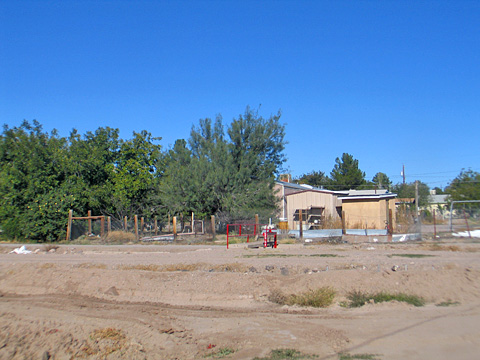
Below is a Google satellite image with the location of the Picacho station marked (white square). The GPS is 32.32459, -106.84989. The black line shows the route the stage took through Picacho.
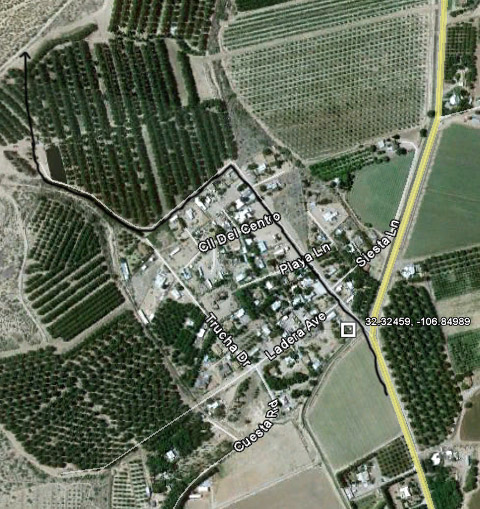
Here is an old adobe in Picacho probably built in the 1890s.

See also:
Picacho Cemetery
Picacho — A Brief History
Picacho Peak
Rough and Ready — Butterfield Stage Stop
Trip to Mason’s Ranch
Stage Coach from Mesilla – Unfulfilled Promise
Mesilla Stage Coach – More
Tags: History, Mesilla, Stage Coach, Butterfield Overland Mail
2 Responses to “Picacho — Forgotten Butterfield Stage Stop”
Leave A Comment
You must be logged in to post a comment.
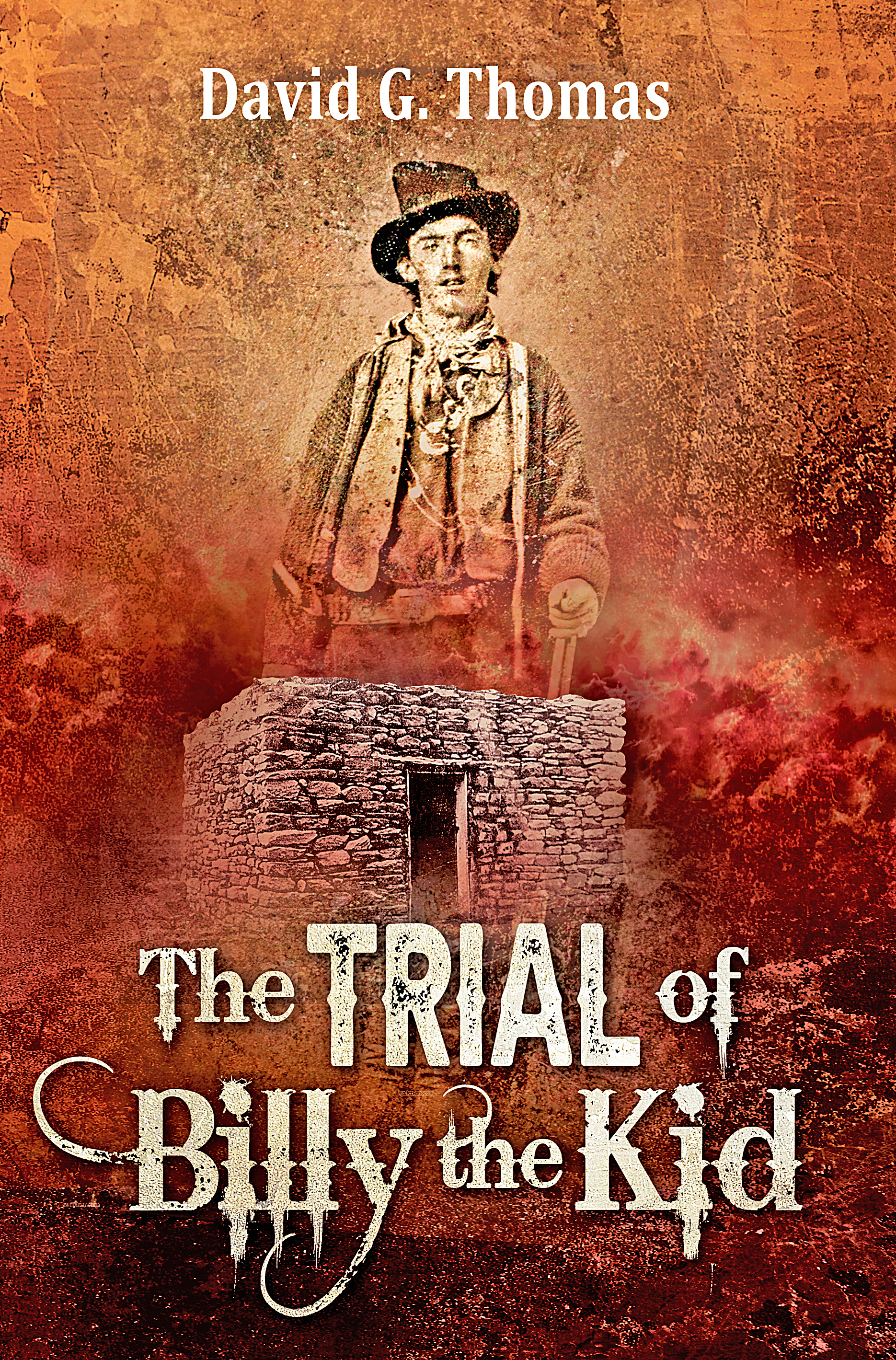

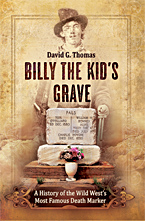

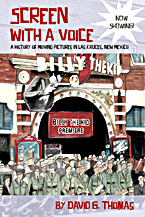

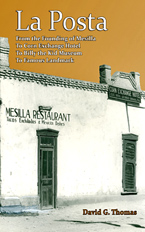

November 12th, 2012 at 4:17 pm
Ben said:
Any idea if there is any gravestones or markers for the 3 Union soldiers that died in the Civil War fight at Picacho?
February 23rd, 2013 at 3:59 am
admin said:
There are no markers.